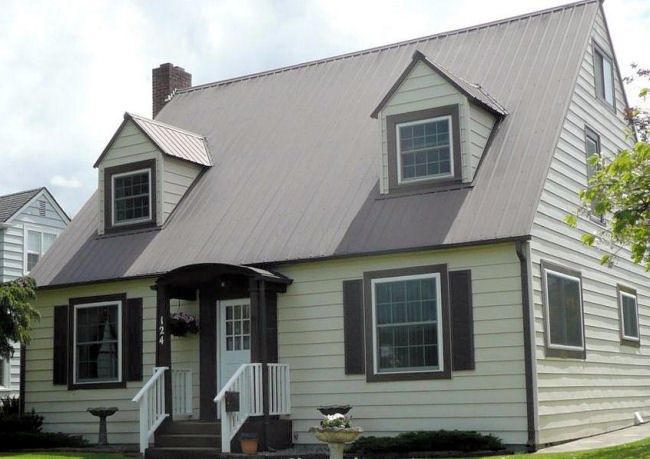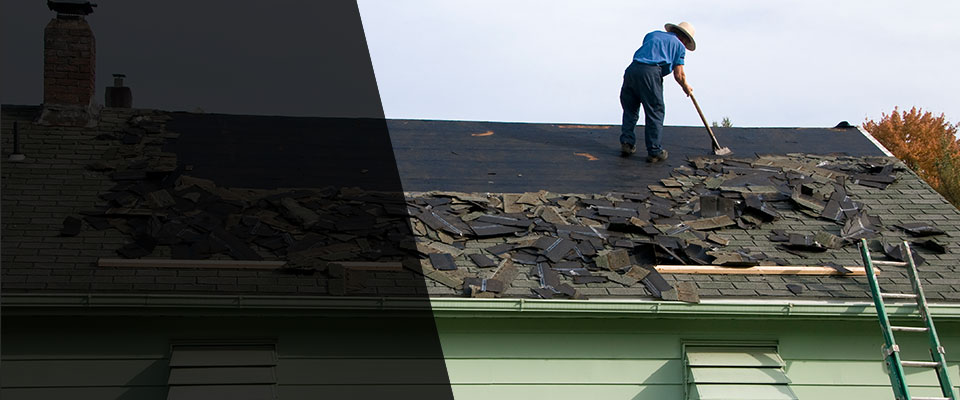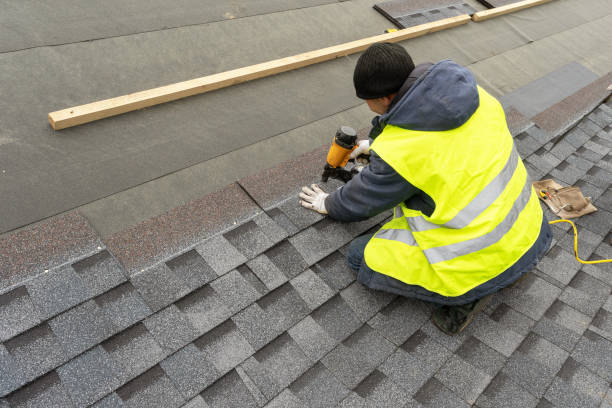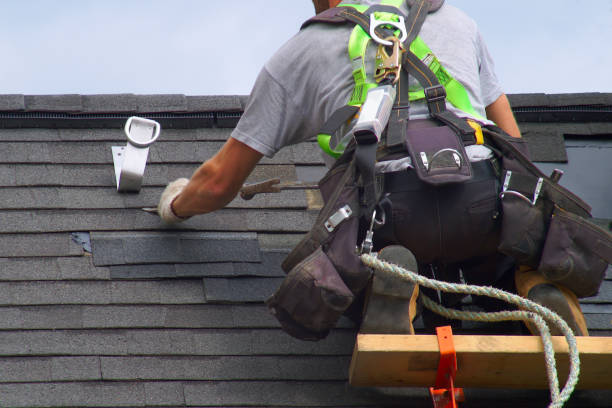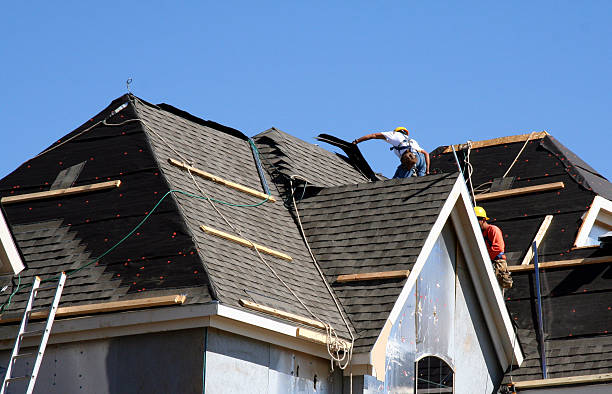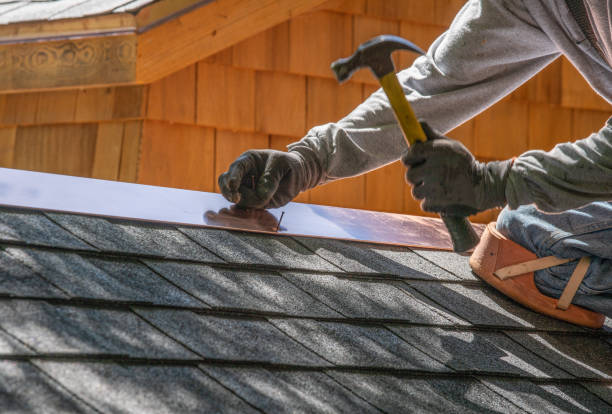Everybody desires and requires a secure and comfy place to live. Lots of house repairs might be achieved throughout a weekend. Nevertheless, there are some do it yourself fixes that ought to not be attempted. A broken, leaky roof is among the most feared house repairs because discovering and correcting a leak isn’t normally uncomplicated.
Stained or sagging sheetrock, flaking paint, or an evident drip are all indications of a roof leak. Nevertheless, even a minor undiscovered leak can cause broken insulation, mildew development, and decayed wood structure. A leak can likewise move and spread from the original broken region to another part of your home.
Repair a Leaking Roof Glenwood, NJ
How to do Metal Roofing
Putting on brand-new metal roof and even doing repairs is not as easy as you thought it is. It is smart to work with a knowledgeable roofing expert to install a moderate to complicated metal roofing. Let us have a fast knowing of the treatments and the needed requirements on how to do metal roofing.
The very primary step on how to do metal roofing is to know how much metal roofing is needed and this will be figured out by determining the height and length of the roofing and its edges. a change of your old roofing, it is important to do cautious inspection of loose roof or damaged protrusions. Examine the roofing pitch using a determining square and a level and remember of the minimum requirement as recommended by the maker.
The next requirement is to determine the roofing underlayment which assists prevent unnecessary wetness on the metal roof throughout specific weather conditions. The underlayment must extend on all roofing system edges by 1 1/2 inches, broaden on vent pipelines by at least 1 1/2 inches, and on sidewalls by a minimum of 6 inches. roofing is positioned right against the underlayment, it is best to put on red rosin paper over the felt paper to avoid sticking on the metal.
first sheet with the next one. Do the same treatment with the whole roof up until the last sheet is covered. extra area left past the edge, cut this with a tin snip and lastly screw in the last sheet. Secure the metal sheets by putting in 5/16 inch lap screws every four feet where two sheets overlap each other.
dealing with the sides of the roof with the metal trim to cover its edges in addition to the roofing system ridge which need to be bent over to totally cover it. Use 1/4 inch metal wood screws for the metal trim. The last action will be putting in the closures which are pieces of 3 foot foam rubber. Given that it has glue underneath, it will stick itself when put on the opening along the edges.
These are just the standard procedures on how to do metal roof. whole process is a lot more complicated if you care to ask a professional. But if you want to attempt the roof work on your garage, for example, just make sure to carefully follow the actions and use the suitable working tools.
The really first action on how to do metal roofing is to understand how much metal roof is required and this will be figured out by determining the height and length of the roofing and its edges. If your metal roof is located right against the underlayment, it is best to put on red rosin paper over the felt paper to avoid sticking on the metal.
The next couple of steps on how to do metal roofing will deal more with the metal sheets. Screw the metal roof into the wood slats with the usage of 1/4 inch metal wood screws every two feet on both sides. Usage 1/4 inch metal wood screws for the metal trim.
Roof Leak Repair near Glenwood, New Jersey 07418
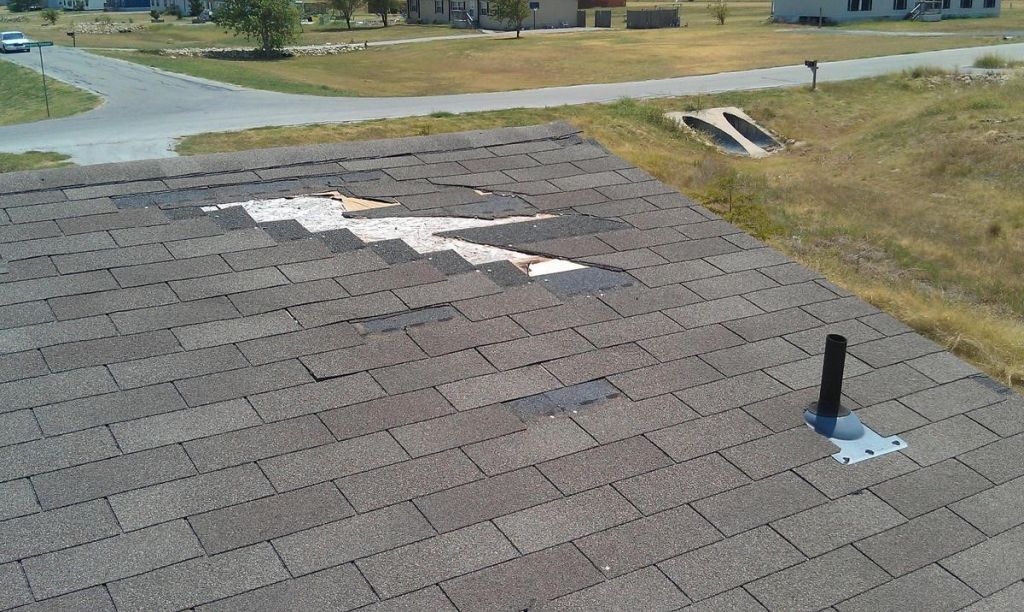
Call 888-347-0551 Now!
Our expert Roof Leak Repair Contractors in Sussex County provide Expert Roofing Services. If you have any questions or concerns about our service area, please give us a call today. We are competitively priced in the area for Roof Leak Repairs because we are confident that you will be thrilled with how your roofing project will turn out. Again, call today to schedule a quote for your roofing needs.
Flat Roofs
Flat roofs are a fantastic way to keep a structure safe from water. Knowing exactly what to do with a flat roof will ensure you have a working roof system that will last a very long time.
They might look good, and are very typical, flat roofs do need regular upkeep and in-depth repair work in order to successfully prevent water infiltration. properly, you'll more than happy with your flat roofing system for a very long time.
Flat roofs aren't as popular and/or glamorous as its more recent equivalents, such as slate, copper, or tile roofings. However, they are simply as crucial and need a lot more attention. In order to avoid discarding money on short-term repair work, you must understand exactly how flat roofing systems are designed, the numerous types of flat roofs that are readily available, and the importance of regular examination and upkeep.
A flat roofing system works by providing a waterproof membrane over a structure. It includes several layers of hydrophobic products that is positioned over a structural deck with a vapor barrier that is normally put in between the roofing and the deck membrane.
Flashing, or thin strips of material such as copper, intersect with the membrane and the other structure parts to avoid water infiltration. The water is then directed to drains, downspouts, and rain gutters by the roofing's minor pitch.
There are 4 most common kinds of flat roofing system systems. Listed in order of increasing resilience and cost, they are: roll asphalt, single-ply membrane, multiple-ply or built-up, and flat-seamed metal. They can range anywhere from as low as $2 per square foot for roll asphalt or single-ply roof that is used over and existing roofing system, to $20 per square foot or more for new metal roofing systems.
Utilized since the 1890s, asphalt roll roofing usually includes one layer of asphalt-saturated organic or fiberglass base felts that are used over roofing felt with nails and cold asphalt cement and usually covered with a granular mineral surface. The joints are usually covered over with a roofing substance. It can last about 10 years.
Single-ply membrane roofing is the latest type of roof product. It is typically used to replace multiple-ply roofings. 10 to 12 year guarantees are common, but proper setup is important and maintenance is still required.
Built-up or multiple-ply roof, also known as BUR, is made from overlapping rolls of saturated or coated felts or mats that are sprinkled with layers of bitumen and emerged with a granular roof tile, ballast, or sheet pavers that are used to secure the hidden products from the weather. BURs are developed to last 10 to 30 years, which depends on the materials utilized.
Ballast, or aggregate, of crushed stone or water-worn gravel is embedded in a coating of asphalt or coal tar. Since the ballast or tile pavers cover the membrane, it makes checking and keeping the joints of the roofing difficult.
Flat-seamed roofings have been utilized because the 19 th century. Made from small pieces of sheet metal soldered flush at the joints, it can last many years depending on the quality of the direct exposure, product, and upkeep to the components.
Galvanized metal does require routine painting in order to avoid corrosion and split seams need to be resoldered. Other metal surface areas, such as copper, can end up being pitted and pinholed from acid raid and normally requires replacing. Today copper, lead-coated copper, and terne-coated stainless-steel are favored as lasting flat roofing systems.
Flat roofs aren't as popular and/or attractive as its newer counterparts, such as copper, slate, or tile roofing systems. In order to prevent tossing away cash on short-term repairs, you must understand exactly how flat roof systems are created, the numerous types of flat roofs that are available, and the value of routine examination and maintenance.
There are 4 most typical types of flat roofing systems. They can vary anywhere from as low as $2 per square foot for roll asphalt or single-ply roofing that is applied over and existing roofing system, to $20 per square foot or more for brand-new metal roofs.
Today copper, lead-coated copper, and terne-coated stainless steel are favored as lasting flat roofing systems.
Tri State Roofers of Glenwood, NJ 07418
Tel:888-347-0551
Roof Leak Repair Rating: 4.0 stars out of 48 Reviews
Main address: PO Box 483557 Glenwood, NJ 07418
United States
Find an Roof Leak Repair specialist for buildings of all types from homes of all sizes to condo complexes, apartment buildings and offices in Glenwood, NJ 07418
Trusted, dependable roof repair contractors on which homeowners can rely is also a priority. Our Roofing Contractors are dedicated to professionalism and excellent work. Please contact us right away if you need a roof repair contractor at 888-347-0551.
